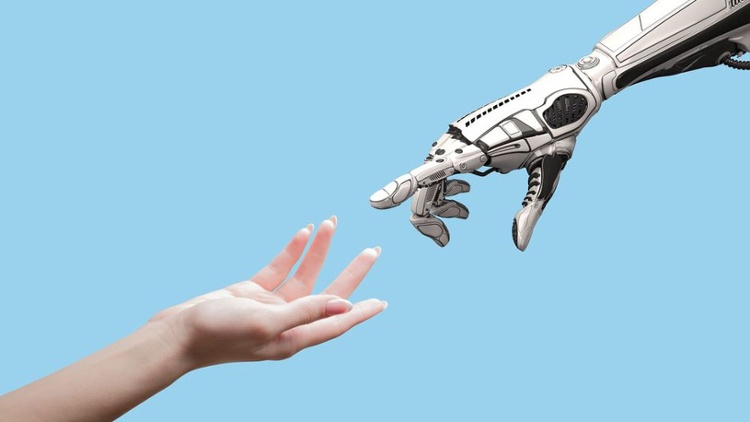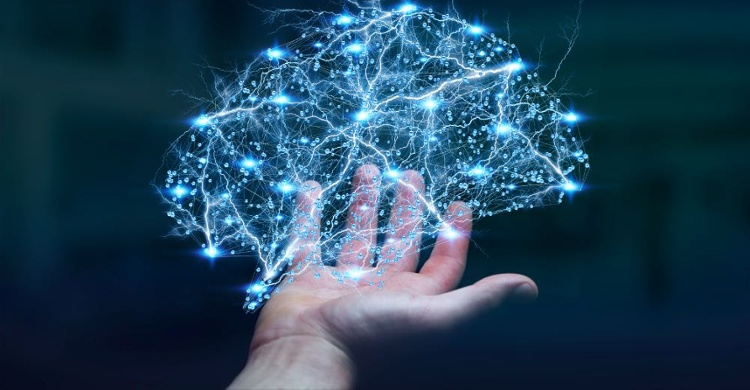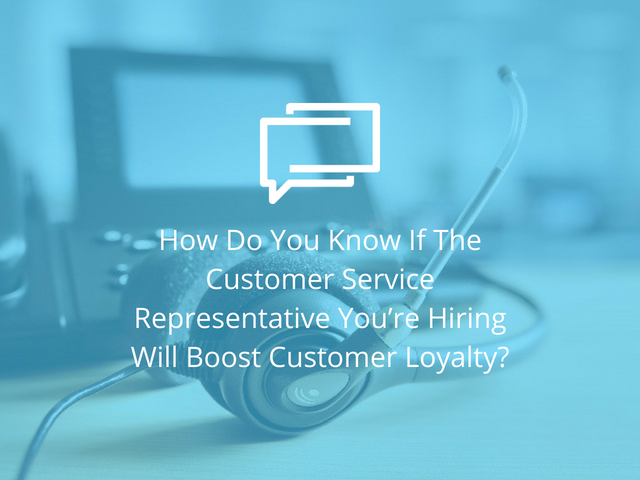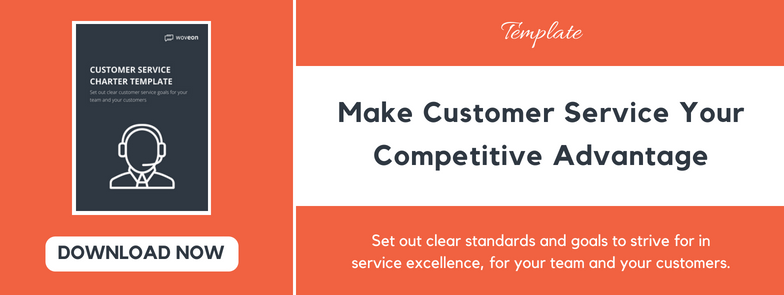Artificial Intelligence (AI) and machine learning (ML) is all the buzz right now, and rightfully so with the significant contributions it has made to redefining many aspects of business. However, many people are still skeptical about the application of AI and ML to enhancing customer experience.
Some would argue that machines cannot possibly take over customer service, something that has a heavy focus on human interaction. Machines lack the empathy and emotional intelligence core to providing a great customer experience. On the other hand, many also see the benefit of applying AI and ML to automate repetitive tasks, allowing humans to dedicate more time to, well, being human.
We reached out to some experts from Oovvuu, Canva and The Minerva Collective to pick their brains about the issue.

What is the current state of customer experience, and how do you see it evolve with AI & ML technology?
Present customer experience is “all over the place, with wildly varying results. Two customers using the same service can have completely different impressions of their experience, and in many cases the service is clunky and poorly structured” says Anthony Tockar, Data Scientist and Co-founder of The Minerva Collective. The unfortunate reality is that 78% of consumers have bailed on a transaction or not made an intended purchase because of poor service experience. In fact, companies only hear from 4% of its dissatisfied customers. With so much choice available to consumers, it’s much easier to find another company with similar offerings than spending time complaining or calling about a problem. Which is why there is a very real need to focus on customer experience, a factor that is becoming increasingly important to retain the modern customer.
Paul Tune, Machine Learning Engineer at Canva, believes “there are two trends in improving customer experience:
- A trend towards tailoring for the individual, as more data is gathered about each customer at a large scale, and;
- A trend towards providing a smooth experience for customers across multiple touchpoints by anticipating their needs. “
To demonstrate how customer experience has evolved, Paul continues with an example. “Early recommendation systems, such as the recommendation engines developed at Amazon and NetFlix in the early 2000s, provided recommendations at a much coarser level, chiefly for specific groups of customers. The granularity of recommendations in the near future is going to be much finer. For instance, an engineer from NetFlix I spoke to recently, mentioned that a subscriber’s favourite character for a TV series would appear in the menu when the TV series is selected. This means having to learn more about each customer and predicting their habits. We also see this in the form of smart personal assistants, such as Alexa and Siri” he says.
Ricky Sutton, Founder and CEO of Oovvuu, adds on that whilst AI and ML “certainly has an element to play [in customer experience], it also lacks a key element…empathy. So my thought is that it will evolve. The more AI is used, the more it learns and the better it gets, but human-level empathy remains a pipe dream for now.”

What is the biggest lesson you have learned from applying smart technology to customer experience?
For Anthony, the lesson has been the need for people using smart technology to properly understand it – “My experience is that people often don’t trust what they don’t understand. The latest technologies have been great for grabbing headlines, but only the most forward-thinking businesses are serious about applying them to derive value. This isn’t necessarily a bad thing – domain knowledge is essential for good data science, and blindly relying on new approaches has many inherent risks. There is a lot that has been learned about customer experience over time and there is a need to explain smart technology to business people using the right language to allow them to fully realise its value.”
To Paul, what matters most, is the customer’s end-to-end experience. Meaning that all the touchpoints with the customer should be seamless. For him, “the challenge with integrating smart technology to improve user experience is similar to managing any other complex system: with more moving parts, there is a higher chance of failure in the system. Naively applying machine learning to improve customer experience is misguided. Machine learning works best if it is complementary to the customer experience, serving to enhance the experience of a great product.”
“At Canva, our goal is simple: we want to give the customer the best experience in empowering them to create and design. To that end, there are two aspects that we focus on. Firstly, how do we make the content that they need for their designs easily accessible. Secondly, how do we anticipate what resources might be helpful for them in the future. We achieve these goals by improving our search and recommendation services to enhance customer experience.”
The biggest lesson for Ricky is that “AI turns humans into super-humans, but only for certain tasks.” – “When we started Oovvuu, we hired editors to read articles and find relevant videos, and they were able to read one publication each and find 40 relevant videos per day. That same person using the AI tools that we created, can now read 100,000 publishers, and 300,000 stories a day, covering 26 million topics and find relevant videos from more than 40 global broadcasters. AI is mind-blowingly powerful for automating manual human tasks, but humans remain better at all the things that, well, make us human.”

What are some challenges for businesses who try to integrate AI & ML technology and customer experience?
Anthony, Paul and Ricky all agreed that a huge challenge for businesses is not having a solid data infrastructure, or a deep understanding of what exactly should be measured to achieve business goals and customer satisfaction.
“Many companies approach us seeking to use conversational AI as a ready-made silver bullet for a business problem. Others come to ask to play with AI, so they can find a business opportunity. Neither really works.” Ricky said. “For us, the solution was to know what business problem we were trying to solve: namely, to put a relevant video into every article being published worldwide. We then used AI to solve it, but what we started with was very basic and not up to the job. We have had a team nurturing the teaching for almost 1,000 days to get it where it is.”
Anthony went on to add that “there is no silver bullet – good data scientists are required to translate these algorithms into business value. Having a solid data science strategy is essential, and through good leadership, increased data literacy and an understanding of how to build a high-performance data science team, businesses can harness these technologies to forge a competitive advantage.”
Paul concludes with another common challenge many businesses face when adopting AI & ML into their processes – the volume of data. “Present machine learning techniques rely on a relatively large amount of data to provide good predictions” he says. “While there is fundamental research being carried out presently to (hopefully) reduce the amount of data required to train these machine learning models, the current main technological limitation of requiring a huge amount of data is here to stay for the foreseeable future.” But “fortunately, this effect can be mitigated if the data collected is of sufficiently high quality.”
Are you implementing AI and ML technology in your business? Share your story with us in the comments below!

About the Contributors

Anthony Tockar
Anthony is a leader in the data science space, and has worked on problems across insurance, loyalty, technology, telecommunications, the social sector and even neuroscience. A formally-trained actuary, Anthony completed an MS in Analytics at the prestigious Northwestern University. After hitting the headlines with his posts on data privacy at Neustar, he returned to Sydney to practice as a data scientist while co-founding the Minerva Collective and the Data Science Breakfast Meetup. He also helps organise several other meetups and programs for data scientists, in line with his mission to extend the reach and impact of data to help people.

Paul Tune
Paul Tune is a Machine Learning Engineer at Canva, responsible for developing solutions for tailoring and personalising content for Canva’s customers. He has several publications in prestigious computer science conferences and journals, including the ACM SIGCOMM conference in 2015. His interests include deep learning, statistics and information theory.

Ricky Sutton
Ricky is founder and CEO of Oovvuu, an IBM and Amazon-backed start up that uses artificial intelligence to match videos from global broadcasters with publishers worldwide. It’s mission is to use AI to insert a relevant short form and long form video in every article. In doing so, it aims to tell the news in a new and more compelling way, end fake news, and in doing so, repatriate billions from Facebook and Google back to the journalists and broadcasters who make the content.

